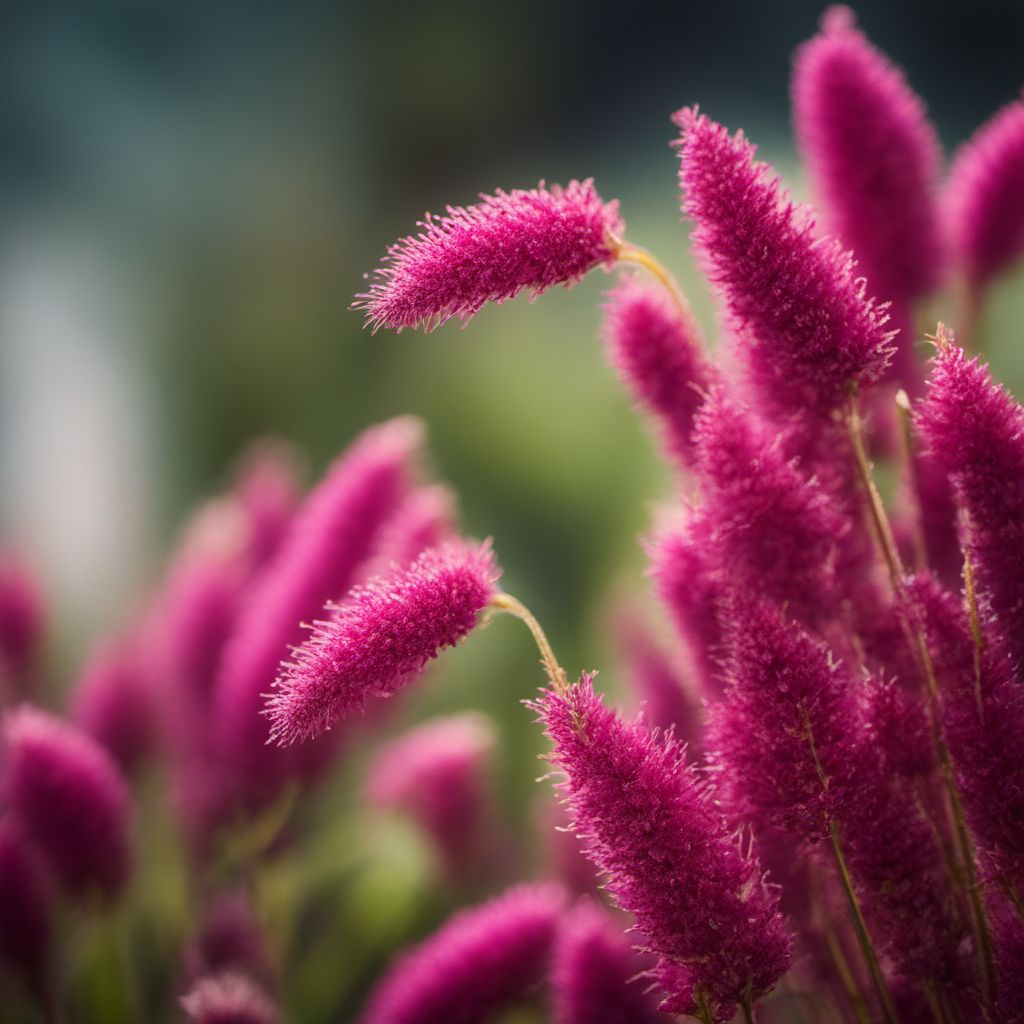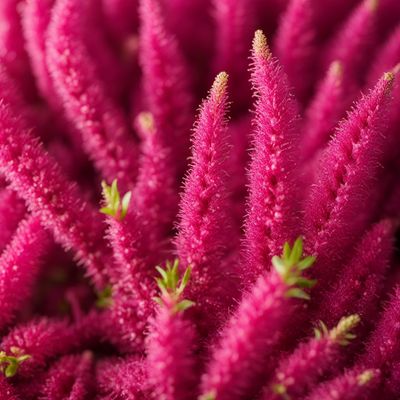
Ingredient
Foxtail amaranth grain
The Ancient Grain: Foxtail Amaranth
Foxtail amaranth grain is a small, golden-colored grain that boasts a nutty and earthy flavor. It has a slightly crunchy texture and can be cooked to a fluffy consistency. Its appearance resembles tiny grains of rice or couscous. This grain is a great source of protein, fiber, and essential minerals.
Origins and history
Foxtail amaranth grain has been cultivated for thousands of years and has its origins in ancient civilizations such as the Aztecs and Incas. It holds cultural significance in many regions and is still widely consumed today. It is commonly grown in Asia, Africa, and parts of the Americas.
Nutritional information
Foxtail amaranth grain is a nutritional powerhouse, packed with protein, fiber, iron, and calcium. It is also low in fat and gluten-free. A 100-gram serving of cooked foxtail amaranth grain provides approximately 370 calories.
How to select
When selecting foxtail amaranth grain, look for grains that are clean, dry, and free from any signs of moisture or pests. Opt for organic or locally sourced varieties whenever possible to ensure the best quality and flavor.
Storage recommendations
To maintain the freshness of foxtail amaranth grain, store it in an airtight container in a cool, dry place. Avoid exposure to moisture, heat, or direct sunlight, as it can cause the grain to spoil or lose its quality.
Preparation tips
Foxtail amaranth grain can be cooked similarly to rice or quinoa. Rinse the grains thoroughly before cooking to remove any impurities. Use a ratio of 1 cup of grain to 2 cups of water or broth. Bring to a boil, then reduce the heat and simmer for about 15-20 minutes, or until the grains are tender. Fluff with a fork before serving. It can be used as a base for salads, pilafs, stir-fries, or even as a substitute for rice in various dishes.
Culinary uses
Foxtail amaranth grain is commonly used in salads, soups, stews, and side dishes. It can be incorporated into vegetarian or vegan recipes as a protein-rich alternative. It pairs well with vegetables, herbs, and spices, adding a delightful texture and flavor to the dishes.
Availability
Asia, Africa, parts of the Americas

